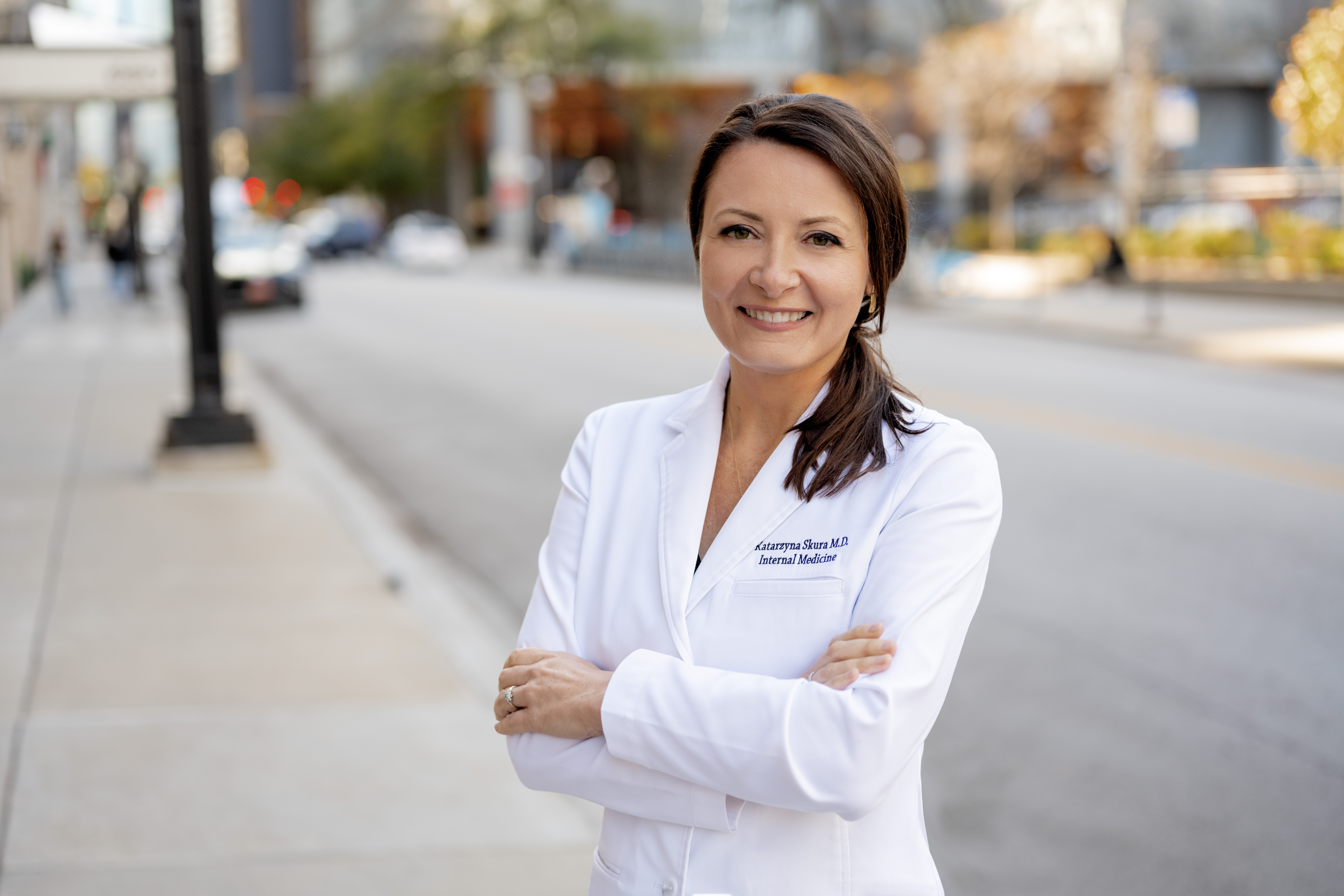Quick Links
If you frequently wake up with headaches or jaw pain, or if you notice clicking or soreness in your jaw, you may be experiencing bruxism. Patients with bruxism, also commonly called TMJ, grind their teeth or clench their jaws excessively. This is especially common at night as you sleep, making the habit difficult to deter. Bruxism is also common with stress, and the condition can cause issues including tooth damage, tooth sensitivity, earache-like pain, and sleep disruption. Needless to say, bruxism is a frustrating and uncomfortable condition.
Thankfully, Xeomin injections are a simple and effective solution. In Chicago, IL, Dr. Skura and the Art Aesthetica team help patients find relief from their bruxism using Xeomin.
What is Xeomin for Bruxism?
Xeomin is a neurotoxin injectable, putting it in the same category as products including Botox or Dysport. This means it works using the active ingredient botulinum toxin type A, a purified and safe form of neurotoxin that causes temporary paralysis. By injecting Xeomin, professionals like Dr. Skura can disrupt the nerve signals to muscles that move involuntarily. In the case of bruxism, the product is injected into the masseter or temporalis muscles at either side of the jaw. This reduces the ability to clench the jaw or grind the teeth, relieving patients’ bruxism or TMJ symptoms.
What to Expect During Treatment
Prior to your Xeomin treatment, Dr. Skura will perform a consultation. This involves reviewing your symptoms as well as your health history to ensure that you are a safe and suitable candidate for the procedure. After determining that you are suited to Xeomin injections, the treatment can often be completed on the same day as your initial consultation.
Prior to administering injections, the treatment area will be thoroughly cleansed to prevent any complications. Next, injections will be placed on either side of the jaw. No anesthesia or numbing is typically necessary, as the needles used to complete the procedure are very small and the injection process can often be completed in as little as 15 minutes. Most patients tolerate injections well.
Following your injections, results will be noticeable within a few weeks. You should gradually begin to see a reduction in your bruxism or TMJ symptoms. Dr. Skura will provide more specific information regarding your expected results.
Aftercare Instructions
Following Xeomin injections, you can immediately return to your normal routine with no downtime. Xeomin patients may drive themselves home and often return to work or other daily activities following their appointments. Some common side effects of injections include redness, slight swelling, and tenderness. Patients may also see some bruising at the injection site. Dr. Skura will advise you to avoid applying any products to the injection site to keep the area clean. Detailed aftercare instructions will be provided during your appointment with Dr. Skura.
Xeomin results last about six months on average. As results subside, you can receive maintenance injections as you choose.
Schedule a Consultation
There is no need to suffer from the pain and discomfort of bruxism or TMJ. To learn more about Xeomin for bruxism, schedule a consultation with Dr. Skura at Art Aesthetica in Chicago.
Contact Us
Art Aesthetica Consultation Form
As a Pre-Medicine student, it is very hard getting a shadowing position. Dr. Skura was very kind and welcoming when I asked if I could come in and shadow her! I feel that the experience I had with her truly made me realize which path is right for me! I was impressed by the fact that she knows and remembers so much about all her patients! Her coworkers and staff are also very friendly and helpful!”
- Verified Patient
Katarzyna Skura, MD believes in education, prevention, and a balanced body and mind. Her role is to guide patients toward their greatest health and wellness. She takes the time to design individual treatment plans for each patient, concentrating on prevention and each patient’s unique needs.








